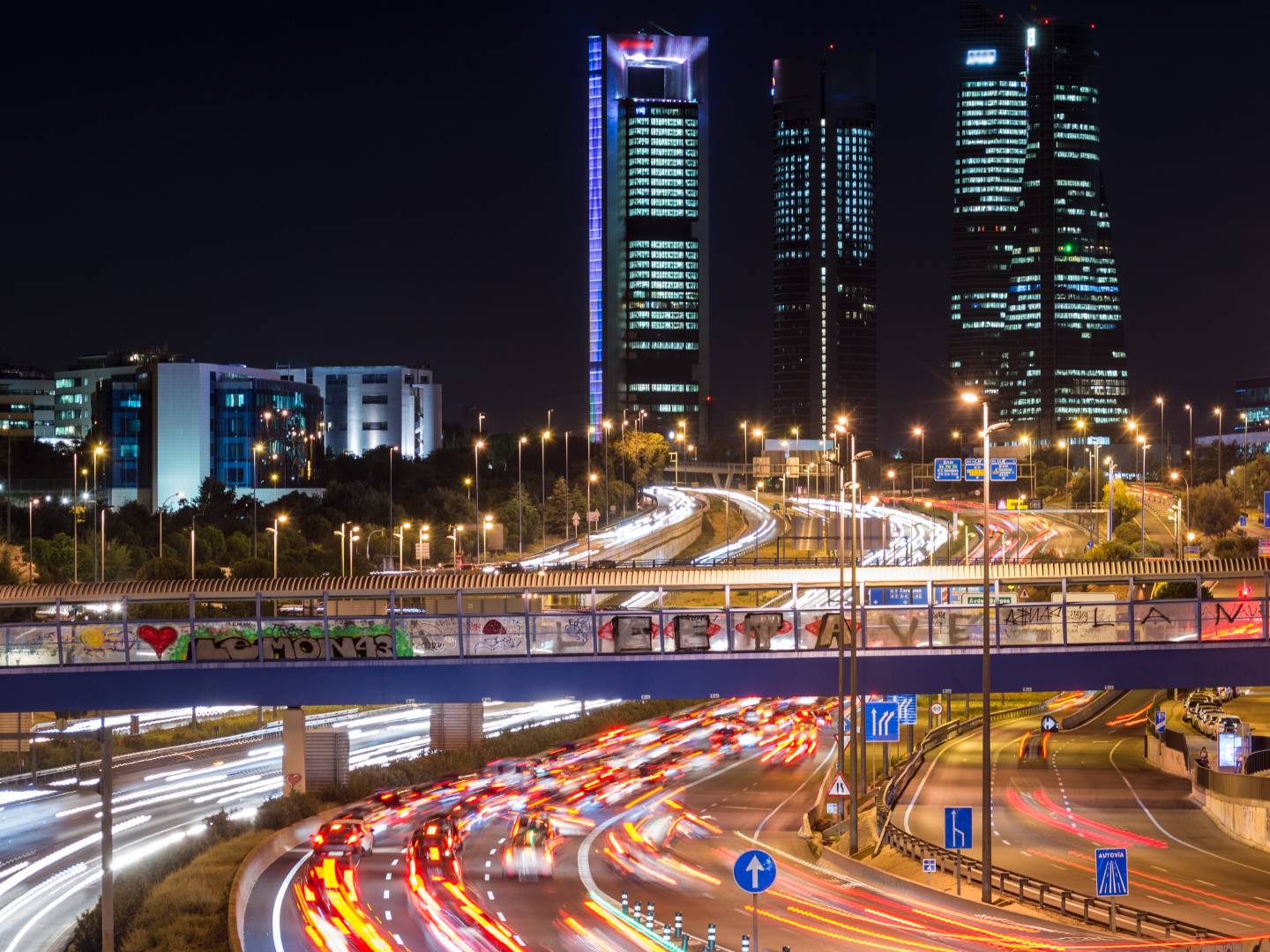Getting around Seville: Public transportation
Find out the best way to get around Seville using the different public transport options and how to use them.
Jale
Seville is the 4th-largest city in Spain. Yet it’s also very compact. While you can easily walk through the main and central neighbourhoods of Seville, getting around with its well-organised public transport system will only make life more convenient. So regardless of where you find your rental home in Seville, you'll get around the city with ease!
Whether you want to use the bus, tram, bike, or metro, exploring the city won't cost much because of the affordable public transport in Seville.
Seville bus system

The best way to get around in Seville's via busses. With 44 routes, the bus network's very extensive and covers every part of the city.
You can reach the city centre from Seville’s main train station (Santa Justa) by buses 21 and 32. Once you’re in the centre, you can use the number C5 to get around. To reach the centre from the Seville airport, use bus number EA.
The main bus station Prado de San Sebastian is located right in the center, near Maria Luisa Park.
Buses C2 and C3 take you to the famous theme park Isla Mágica from station Santa Justa.
Seville bus hours: Their general schedule's from 6 a.m. to 11:30 p.m. every day. But there’re also night busses operating from 12 a.m. to 3 a.m. on weekdays and until 5:30 a.m. on weekends.
Seville tram system
The Seville tram system's called “The Metro-Centro” and is a great alternative to the bus. It has 5 stops and covers Plaza Nueva to the Cathedral area. Trams began operating in 2007, so they’re new and comfortable.
Seville tram hours: Every day from 6 a.m. to 1:30 a.m.
Seville metro system

Since Seville has only 1 metro line and 22 stations divided into 3 different zones, it’s easy to navigate, unlike Paris’s or London's complicated metro systems. But the downside's that you can’t reach everywhere just by using the metro. So it’s mainly used to go to suburbs and residential areas from the city centre.
Seville metro hours:
- Monday to Thursday: 6:30 a.m. to 11 p.m.
- Friday: 6:30 a.m. to 2 a.m.
- Saturday: 7:30 a.m. to 2 a.m.
- Sunday and holidays: 7:30 a.m. to 11 p.m.
Getting a public transport ticket
-
A single bus and tram ticket costs €1.40 and can be bought at bus or tram stations. Alternatively, you can purchase a €6 Bonobus voucher for 10 trips.
-
For the metro, you can buy a single ticket for €1.35 and a return ticket for €2.70 from kiosks. Alternatively, you can purchase an unlimited day ticket for €4.50.
You can also get a Tarjeta dias card by paying €35.30 for unlimited use of public transport for 1 month.
Public transport card for students

If you are a student, you can purchase a discounted student travel card for the bus and tram. It’s valid for 1 academic year and can be a monthly or annual subscription.
The yearly subscription fee is €190 and can be paid in instalments. The monthly student card costs €19. If you won’t use your card, you can wait until the following month to top up. You can top up your card anywhere: online, at kiosks, tobacco shops, or bus and tram stations.
The required documents are:
- Your Spanish NIE number
- Your passport
- Passport-sized picture
- Your proof of enrolment at a Spanish university
- €2 application fee
- Application form (only in case of applying in person)
Bikes in Seville

Thanks to its extensive bicycle lanes, you can bike comfortably pretty much everywhere in Seville. While it’s an ideal city for biking, some historic centre streets are very narrow, so be careful while biking.
If you don’t own your own bike, there’s a city-wide public bicycle service called Sevici. They offer short-term offers for tourists and affordable long-term offers for residents. You can pick up your bike from one of the 263 stations and ride the first 30 minutes free. Year subscription costs €33.33, but you can also benefit from the discount on a group subscription which is €29.
Taxis
Using a taxi in Seville isn't as expensive as in big cities like Madrid and Barcelona. The base fare is €1.50 and then €1.03 per km. From the airport to the city centre, expect to pay around €25, and within the city centre, most places will cost you €5-€7. Also, remember fairs go up during national holidays and Sundays.
*Please reach out to content@housinganywhere.com if you have any suggestions or inquiries about the content on this page.
Related articles
In this article
Find your home in Seville
Browse hundreds of verified rental properties across Seville's neighbourhoods. Search smart, search safe.
Search Now

